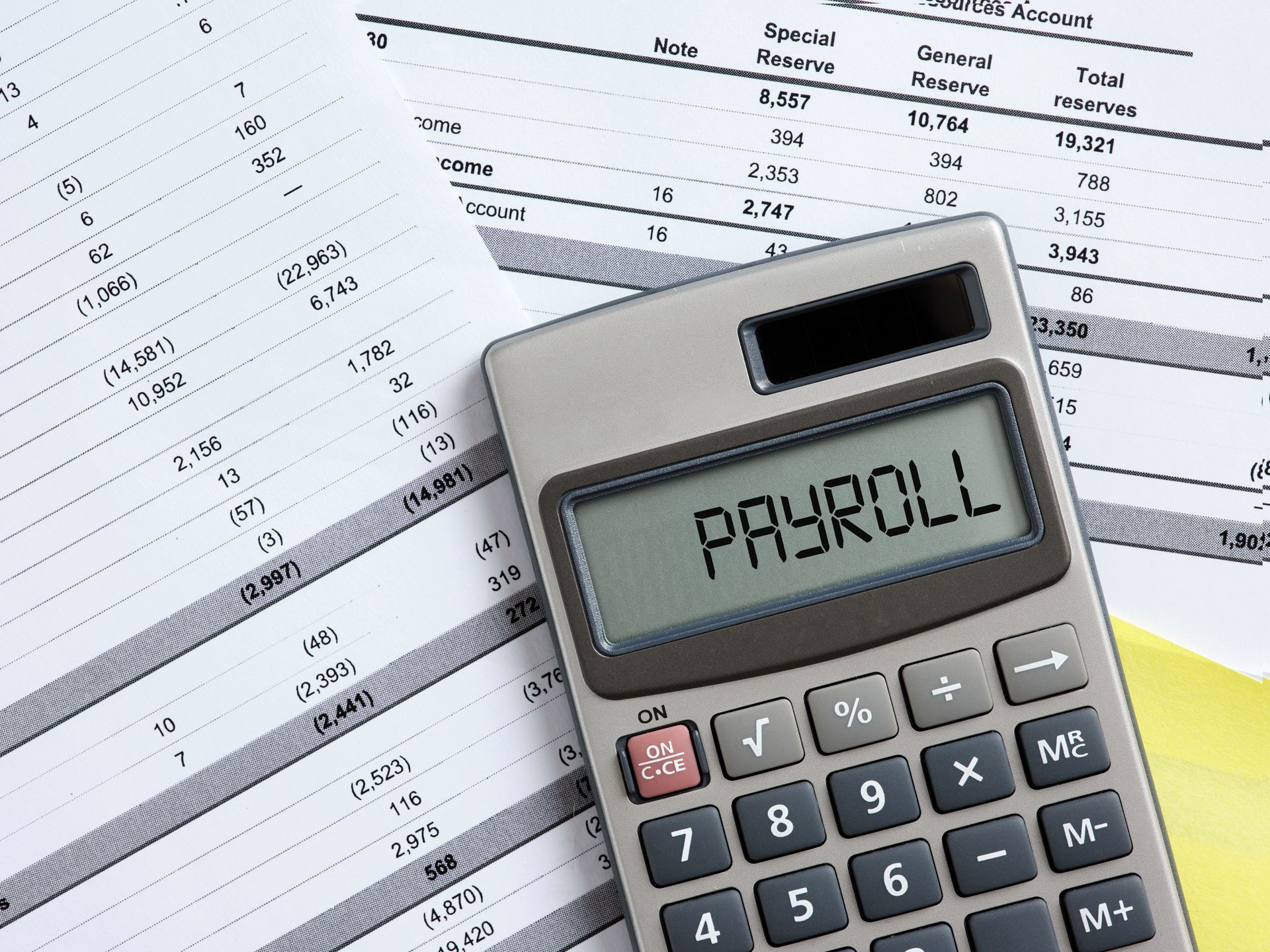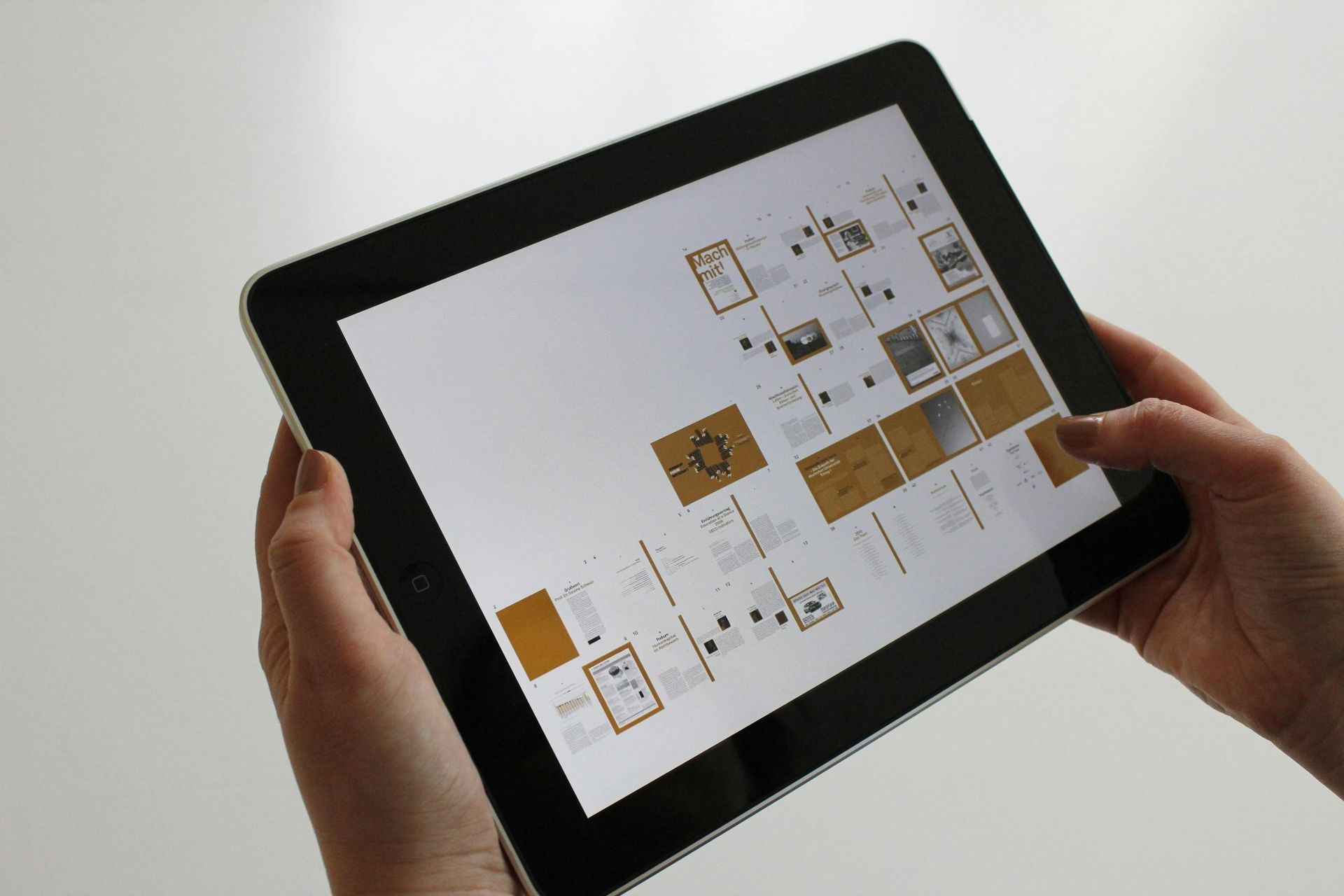Digital Timecards vs. Paper: What’s Saving You Time (and What’s Costing You in Errors)

In film and television production, few workflows are as universally familiar — and as frequently frustrating — as the timecard process. Whether it’s the grip who scribbles her out-times at the last minute or the line producer chasing department heads for approvals, managing timecards has long been a labor-intensive step between shoot and payroll. But over the past decade, a shift has taken hold: productions are increasingly adopting digital timecard platforms in the hopes of gaining efficiency, reducing payroll errors, and improving compliance.
This evolution toward digital systems has streamlined certain aspects of payroll processing but has also introduced new sources of risk, especially in union-covered productions. What once seemed as simple as a signature on a paper form now involves rule engine configuration, platform compatibility, and concerns about labor compliance. While digital timecards undoubtedly save time, they can also introduce new errors, technical gaps, and union compliance issues that carry real costs.
Understanding the benefits and tradeoffs of both systems is critical for any payroll accountant, production manager, or employer of record navigating the evolving landscape of timekeeping in the entertainment industry.
Digital Tools: A Push for Efficiency
Digital timecard platforms, such as GreenSlate, EP SmartTime, Wrapbook, and TiM, have revolutionized how time data is submitted and processed. Crew members can enter their own start and stop times from a mobile device. Supervisors can approve timecards remotely. And payroll accountants can batch and transmit data directly to payroll processors without re-keying handwritten forms.
These platforms often include built-in calculators for overtime, rest penalties, and premiums based on user-selected rule sets. Ideally, this removes the guesswork and repetitive manual math that plagued the paper process. On a tight schedule, these efficiencies can significantly cut down the time required to finalize payroll — an enormous advantage during episodic production or short-turnaround commercial shoots.
The automation also supports clearer audit trails. When approvals are centralized and timestamped within the platform, productions can demonstrate that hours were approved by department heads or producers. This transparency can help resolve disputes more quickly and provide a clearer chain of record during union audits.
Additionally, digital timecards often integrate with onboarding and payroll platforms, allowing for a more seamless flow of data from hiring to payment. That level of system integration is appealing to studios and payroll companies looking to scale efficiently across multiple productions or jurisdictions.
The Paper Holdouts: Why Manual Timecards Haven’t Vanished
Despite the growth of digital tools, paper timecards remain prevalent, especially on low-budget productions, among legacy crews, and in regions where internet connectivity or platform fluency may be limited. For many, the continued use of paper is not just about habit or resistance to change. It’s about control, trust, and flexibility.
Paper timecards offer a direct and tangible record of what was submitted and signed. For crew members, this can feel more reliable, especially when they want to annotate specific circumstances, such as a missed meal or hold period, in their own handwriting. These notes are sometimes lost or de-emphasized in digital platforms where custom notes are limited or hidden behind dropdowns.
Payroll accountants, particularly those working on complex union productions, often prefer the flexibility of manually reviewing and calculating time rather than relying on an automated platform that may not have been perfectly configured for every contract nuance. With paper, there is no ambiguity about whether a platform is interpreting a turnaround penalty correctly or triggering a 6th-day premium. The accountant decides, calculates, and documents the rationale, all on a form that can be printed, signed, and archived.
Paper also allows for on-the-fly problem-solving when platforms crash or are misconfigured. If a department is mistakenly set up under the wrong tier or benefit rate in a digital system, correcting that mistake across all timecards can become a massive issue, one that may delay payroll and generate grievances. With paper, adjustments are immediate and transparent.
Platform Variability and Processing Risks
The success of digital timecard adoption often hinges on how well the tool has been configured and how thoroughly the production team understands its capabilities and limitations. No two platforms are exactly alike. Some systems offer robust rule engines that can be programmed to reflect specific union rules, while others rely on default settings or user discretion.
When platforms are not configured properly or when production teams assume the system will apply union rules correctly without oversight, errors can arise quickly. Timecards may miscalculate penalties, apply incorrect hourly rates, or fail to recognize job classifications that trigger special provisions. For example, a tool that lacks the ability to assign double-time after 10 hours for background actors under California Wage Order 12 will quietly underpay unless manually flagged and corrected.
A common pitfall arises from relying on default inputs. Some platforms auto-fill call times, default to guaranteed hours, or preselect meal penalties without user verification. If these defaults don’t align with the actual workday or the applicable agreement, payroll teams may finalize timecards with systematic errors that can affect an entire crew.
Another risk occurs when productions use multiple platforms for different steps in the payroll workflow, for example, using one tool for onboarding and another for timekeeping. If start dates, positions, or union affiliations do not match across systems, reconciling the data can become complex and error-prone. This not only increases administrative burden but can trigger benefit reporting discrepancies or late remittances to union funds.
Union Concerns and Compliance Implications
Digital timecards may increase convenience, but they also introduce new challenges around labor compliance, especially under the scrutiny of entertainment industry unions. For unions like IATSE, DGA, and SAG-AFTRA, the primary concerns relate to transparency, audit access, and contract adherence.
One recurring issue is the lack of visibility for crew members. Some platforms make it difficult for workers to access a final, printable version of their timecard. Others do not clearly display how hours were calculated, making it harder for crew members to identify underpayments or file timely disputes.
From a compliance perspective, unions expect that timecards, digital or not, clearly reflect start and stop times, position classifications, penalty applications, and approval signatures. If a platform obscures this information or generates a format that is not easily reviewable, it can complicate union audits and undermine trust.
Record retention is another concern. While paper timecards can be stored in binders or scanned and archived, digital records must be exported in a format that can be retrieved years after the production wraps. Many benefit plan audits require access to records long after payroll is processed, and productions must ensure that their digital platform supports this level of long-term accessibility.
Lastly, the question of consent and approval remains central. Some unions have expressed concern that crew members may be submitting timecards without true verification of hours worked or proper supervisor review. In situations where a worker submits time on their own with minimal oversight, disputes can arise later about whether the submitted time accurately reflects reality.
Moving Toward a Compliant, Efficient Workflow
Productions that rely on digital timecards should treat these platforms not as automatic solutions, but as tools that require thoughtful implementation. Configuring rule engines to match union agreements, providing training for department heads and crew, and maintaining robust audit protocols are all critical to ensuring accuracy.
It’s also advisable to establish a review process that includes manual oversight. Payroll teams should conduct weekly audits of timecards, cross-check unusual classifications or penalty triggers, and document any overrides made to auto-calculated time.
Equally important is ensuring that digital records can be exported and retained in formats suitable for union and fund audits. Productions should proactively set retention policies and verify that platforms will preserve data beyond wrap.
Ultimately, a hybrid approach may provide the best balance. Allowing digital submission with manual review and override capabilities can improve speed without sacrificing accuracy. Some productions even choose to supplement digital timecards with PDFs that are reviewed and signed, providing a physical backup to the electronic submission.
Conclusion
Digital timecards have transformed payroll operations in entertainment, offering real advantages in speed, accessibility, and workflow automation. But speed alone is not the benchmark of success. In union-covered productions, the stakes are too high for automation to replace oversight. The cost of misapplied rules, misclassified positions, or incorrect penalties can quickly outweigh the time saved.
By treating digital tools as part of a broader payroll strategy, one rooted in compliance, training, and documentation, productions can capture the efficiencies of automation while safeguarding against the risks that come with it. The goal isn’t paperless; the goal is accurate, timely, and contract-compliant payroll. And that requires more than just a software subscription.









